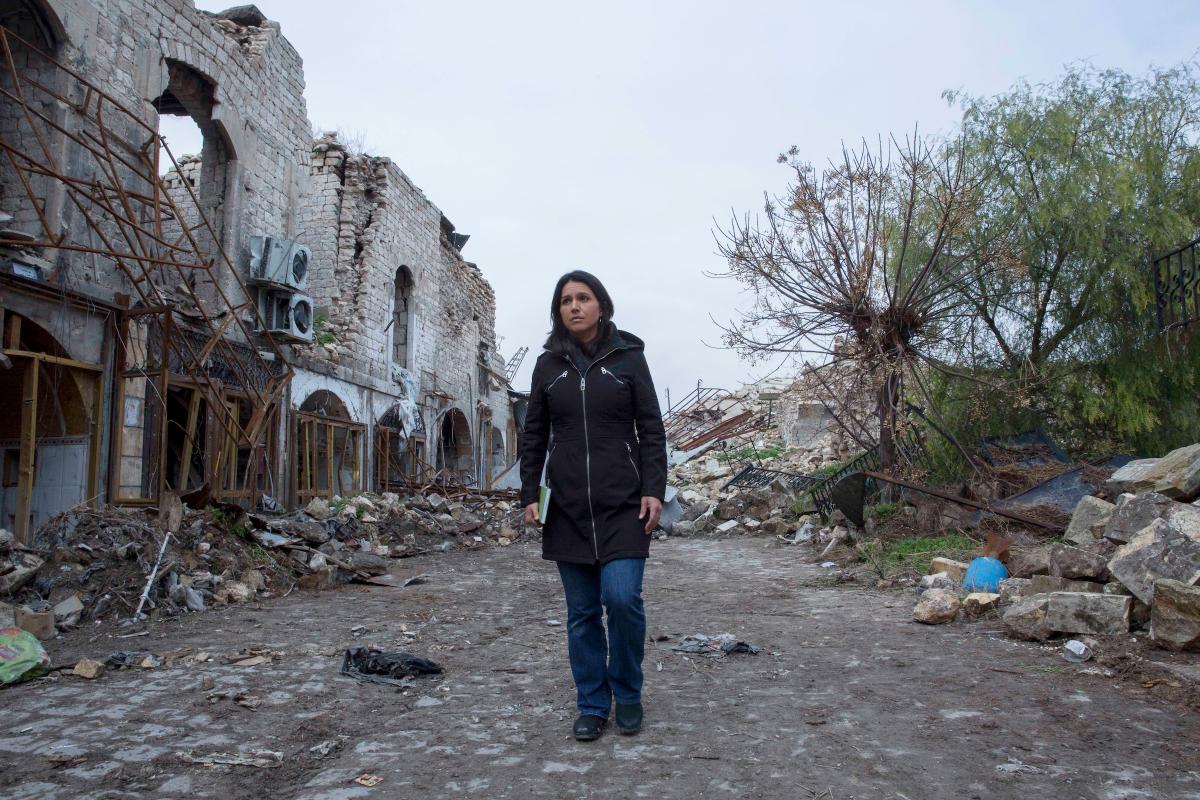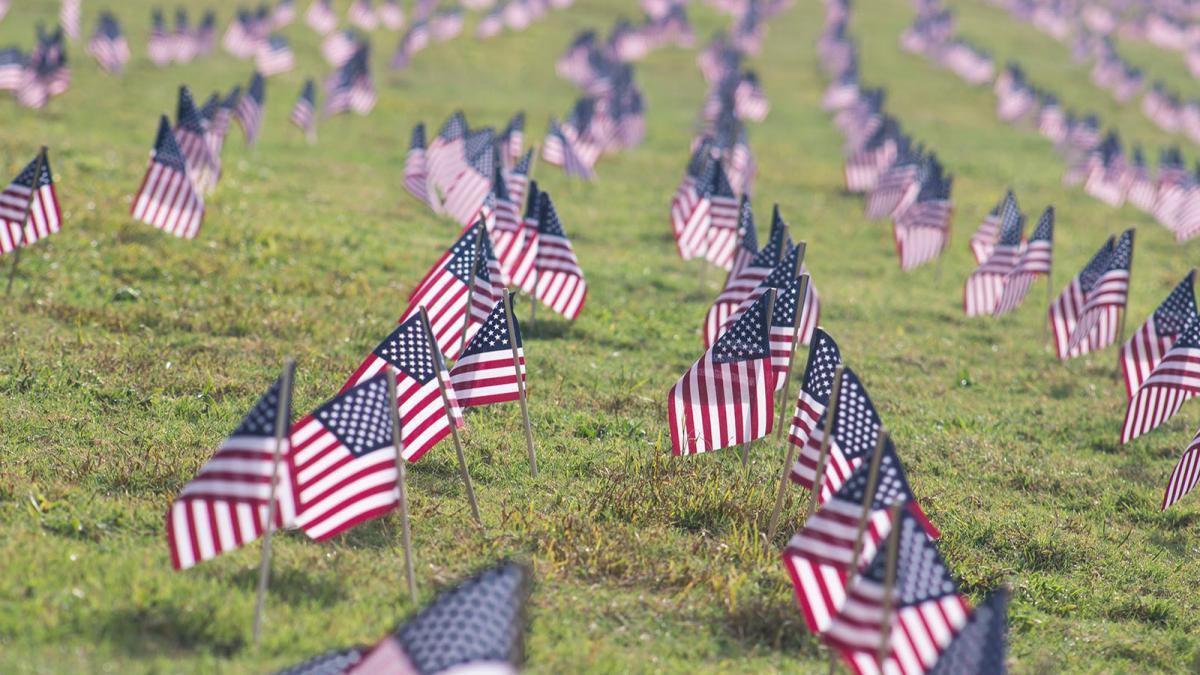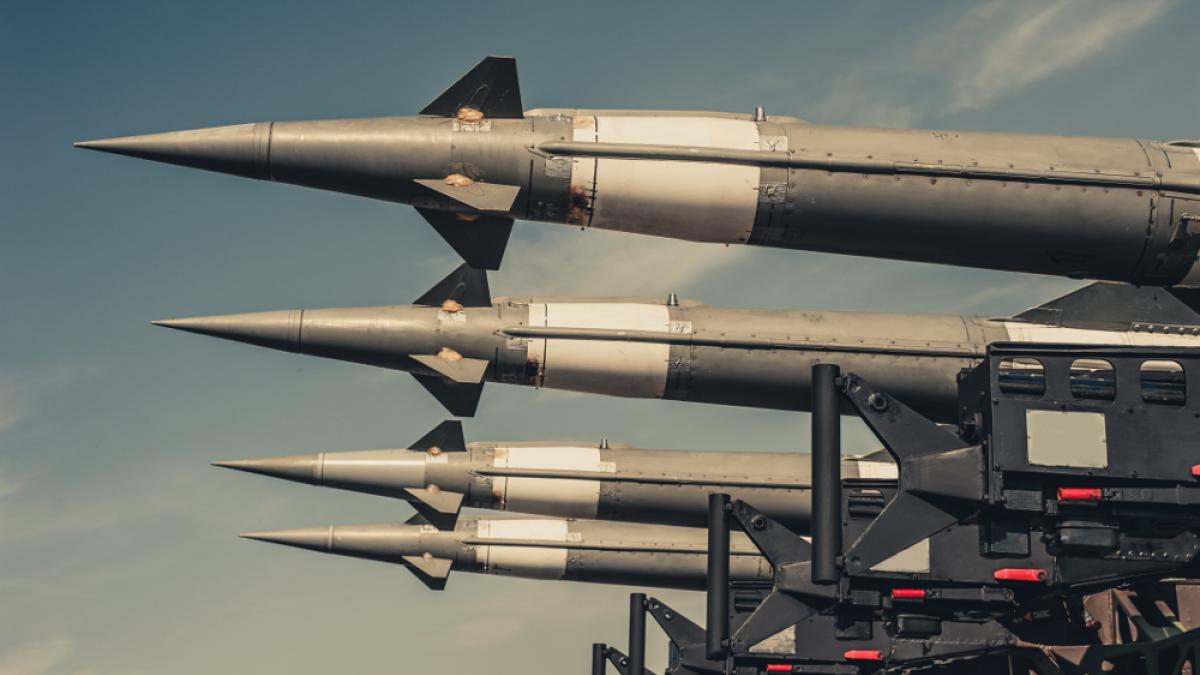
Issues
Reports on chemical attacks in Syria
There is evidence that both the Syrian government of Bashar al-Assad as well as the armed opposition groups aligned against him have used chemical weapons (CW) during the Syrian war.
Tulsi's Statement:
There is evidence that both the Syrian government of Bashar al-Assad as well as the armed opposition groups aligned against him have used chemical weapons (CW) during the Syrian war.
I have in the past expressed skepticism as to the actual source of two specific chemical weapons attacks: one at Khan Sheikhun on April 4, 2017, and the other at Douma on April 7, 2018. Both attacks occurred in towns under the control of al-Qaeda-linked opposition forces. Both attacks resulted in multiple civilian casualties, and both were immediately blamed on the Assad government. However, there is evidence to suggest that the attacks may have been staged by opposition forces for the purpose of drawing the United States and the West deeper into the war.
It is the responsibility of Congress to declare war and to make decisions regarding the carrying out of military action against other countries. Therefore, as a member of Congress as well as a soldier, I'm committed to protecting our constitution and the constitutional process. I therefore made it very clear that the president should not take any military action without congressional approval in accordance to the constitution.
Unfortunately, President Trump turned his back on the Constitution and launched retaliatory missile strikes against the Syrian government before any investigation had even begun, much less been completed. Rather than waiting for evidence, Trump acted on impulse and emotion, relying on social media posts and unverified sources originating from within territory held by al Qaeda.
The OPCW also relied on those al-Qaeda sources. I believe that we should all carefully look at the evidence before coming to any conclusions as to whether or not al-Qaeda or the Syrian government were responsible for these particular attacks.
Dr Theodore Postol and the OPCW
The Organization for the Prohibition of Chemical Weapons (OPCW) is an agency within the United Nations that is tasked with investigating chemical weapons attacks. The OPCW report states that the chemical weapons were delivered by an airstrike at Douma, and by an artillery strike at Khan Sheikhun, both of which methods point to the Assad regime as being responsible.
Dr Theodore Postol is a Professor Emeritus of Science, Technology, and National Security Policy at Massachusetts Institute of Technology (MIT) and a world-renowned explosive weapons expert. Dr Postol and a worldwide team of scientists, structural engineers, and mathematicians studied the OPCW reports and found them to be full of omissions, inconsistencies, and factual errors. Indeed, Dr Postol believes the OPCW has been compromised and its reports falsified.
Attack on Khan Sheikhun (2017)
OPCW Report
Khan Sheikhun is a town in the al Qaeda-held province of Idlib in northwestern Syria. On the morning of April 4, 2017 it was struck by a chemical weapons bomb dropped from an aircraft. The bomb left a crater about 1 meter in diameter and ½ meter deep in the middle of a road. Photographs released on social media show a cylindrical bomb casing protruding from the crater. The bomb contained the nerve gas sarin, which dispersed through the town, and killed 89 people.
Inconsistencies found by Dr Postol, et al:
- The size and shape of the crater and the damage to the cylinder is inconsistent with an aerial bomb, but rather with an IED which was placed on the ground, and then detonated.
- Videos of smoke plumes show the wind blowing in a different direction than weather reports for the day of the attack, suggesting the videos were taken on a different day.
- Photographs indicate that the crater had been tampered with.
- Photographs show persons standing around the bomb casing wearing only gloves and dust masks, which would not be sufficient to protect them from sarin residue in the crater.
Other inconsistencies include a picture of a dead goat which, judging by the rope around its neck and marks in the ground, had been killed and then dragged to the scene from another location. There are also inconsistencies of timing, where hospital records show victims arriving before the air strike had supposedly occurred.
Attack on Douma (2018)
OPCW Report
Douma is a town near Damascus under the control of an al-Qaeda-linked opposition group. On April 7, 2018, one year after the attack at Khan Sheikhun and shortly after President Trump announced his intention to withdraw from Syria, Douma was attacked with chlorine gas bombs that were dropped from a helicopter onto the roofs of multi-story apartment buildings, where they exploded, propelling chlorine gas down into the building, and killing the people inside.
Photographs taken by OPCW investigators show a yellow chlorine gas cylinder lodged partway into a hole it had punched in the reinforced concrete roof of the building, with the broken ends of the rebar bent downward into the room below. The hole is several times wider than the diameter of the gas cylinder. There are also photographs of similar hole in the roof of an adjacent building, where another yellow gas cylinder was found lying on a bed on the top floor.
Inconsistencies found by Dr Postol, et al:
- A leaked engineer’s assessment, which was completely omitted from the OPCW report, contradicted the report’s findings.
- A cylinder dropped from a helicopter would not have lodged partway into a hole punched into the roof but would have penetrated the roof and possibly one or more floors below.
- The size of the hole was too big. An explosive device in the shape of a cylinder dropped from height would have created a hole just slightly bigger than its own diameter.
- The hole in the roof at Douma is consistent with an artillery rather than an airstrike, which suggests that the cylinder was placed in an opening created by an earlier artillery attack, and its contents released into the building below.
- The official OPCW report failed to include the discovery of a nearby weapons lab that contained several identical yellow gas cylinders, which clearly suggests that the terrorists themselves were in possession of chemical weapons devices.
Reports on the Chemical Weapons attack in Khan Shaykhun, Syria:
- Forensic Evidence Cited by the OPCW that Contradict its Reported Analysis and Conclusion
- A Quick Turnaround Assessment of the White House Intelligence Report Issued on April 11, 2017 About the Nerve Agent Attack in Khan Shaykhun, Syria
- Addendum to Dr Theodore Postol’s Assessment of the White House Report on Syria Chemical Weapons Attack
- Errors in the OPCW Reports on Khan Sheikhoun on April 4, 2017
- Computational Forensic Analysis for the Chemical Weapons Attack at Khan Sheikhun on April 4, 2017
Reports on the Chemical Weapons attack in Douma, Syria:


